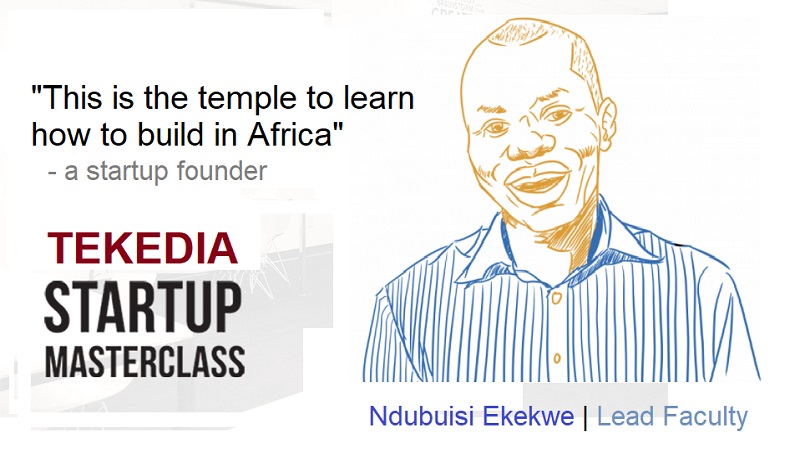
Goldman Sachs has filed with the SEC to introduce a “Token Share Class” for one of its money market funds, specifically the Goldman Sachs Financial Square Treasury Solutions Fund. This move aligns with the firm’s ongoing exploration of blockchain technology and tokenization, though the details suggest a nuanced approach rather than a fully on-chain implementation. The Goldman Sachs Financial Square Treasury Solutions Fund is a money market fund designed to maintain a stable net asset value (NAV) of $1.00 per share, investing in high-quality, short-term Treasury securities. The filing introduces a new “Token Share Class” for this fund.
Contrary to initial assumptions, the shares themselves are not directly issued or recorded on a blockchain. Instead, the prospectus states that “Token Shares are expected to be purchased and held primarily through intermediaries that intend to use blockchain technology to maintain a record or a mirror record of share ownership for their customers.” This implies a hybrid model where intermediaries leverage blockchain for custody or tracking, while the fund’s core operations remain off-chain.
The Token Share Class has a minimum initial investment of $10 million, targeting institutional investors. Fees and ticker symbols are still to be announced, with an effective date listed as May 5, 2025, pending SEC approval. This aligns with Goldman Sachs’ broader push into tokenization, aiming to enhance efficiency, transparency, or settlement processes for institutional clients, though it stops short of fully tokenizing the fund on a public or private blockchain.
Register for Tekedia Mini-MBA edition 17 (June 9 – Sept 6, 2025) today for early bird discounts. Do annual for access to Blucera.com.
Tekedia AI in Business Masterclass opens registrations.
Join Tekedia Capital Syndicate and co-invest in great global startups.
Register to become a better CEO or Director with Tekedia CEO & Director Program.
Goldman Sachs has been active in blockchain and digital assets for years:
Prior Tokenization Efforts: In 2024, Mathew McDermott, Goldman’s global head of digital assets, announced plans for three tokenization projects by year-end, including a U.S.-focused fund complex initiative. The Token Share Class could be an evolution of this, following Goldman’s work with the European Investment Bank (2022 bond issuance) and Hong Kong Monetary Authority (2023 green bond) on its Goldman Sachs Digital Asset Platform (GS DAP).
Unlike BlackRock’s BUIDL (a tokenized Treasury fund on Ethereum targeting retail and crypto natives), Goldman emphasizes private, permissioned blockchains for institutional clients, citing regulatory compliance and control. This filing reflects that cautious, intermediary-driven approach.
If intermediaries adopt blockchain effectively, it could streamline ownership tracking and reduce settlement times, potentially influencing money market fund operations broadly. Still, the $10 million entry point limits immediate retail impact. With recession odds at 39% for 2025 (per your prior question), tokenized financial products could offer stability or liquidity options for institutions, though this fund’s scale and scope are too narrow to shift macroeconomic trends.
Tariff Synergy: Amid Trump’s tariffs (25% on Canada/Mexico, 10% on China as of March 2025), a tokenized money market fund might appeal to investors seeking safe-haven assets amid trade disruptions, though its Treasury focus already aligns with such strategies. While the filing signals Goldman’s commitment to blockchain, it’s not a revolutionary leap. The shares aren’t natively tokenized on a blockchain like Ethereum, distinguishing this from fully decentralized offerings (e.g., BlackRock’s BUIDL, which hit $500 million in 2024).
Instead, it’s a pragmatic step—using blockchain indirectly via intermediaries—possibly to test infrastructure or meet client demand without regulatory overreach. Skeptics might argue this dilutes the “blockchain narrative,” as it lacks the transparency or immutability of public ledgers, while optimists see it as a bridge to wider adoption.
Goldman Sachs’ filing for a Token Share Class in its Treasury Solutions Fund, effective May 5, 2025, marks a calculated foray into blockchain-adjacent innovation. It’s not a direct on-chain tokenization but a hybrid model leveraging intermediaries, fitting Goldman’s institutional, compliance-focused strategy.
Impacts on markets and the economy will likely be incremental—enhancing operational efficiency rather than driving a crypto boom or averting recession risks tied to tariffs. Tomorrow’s White House Crypto Summit (March 7) might clarify how these fits into Trump’s Bitcoin reserve vision, but for now, it’s a measured step, not a game-changer.



